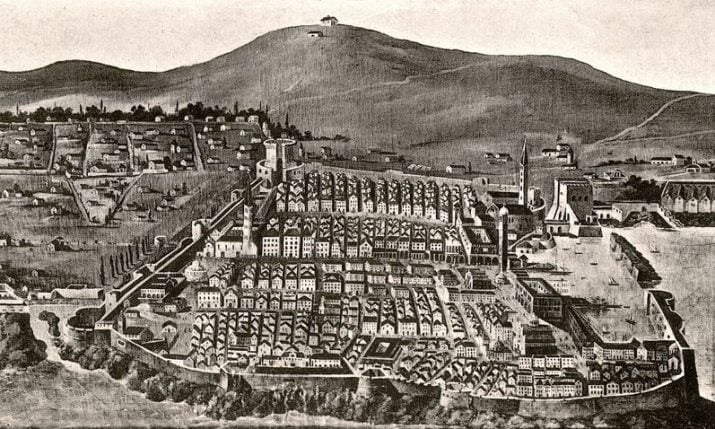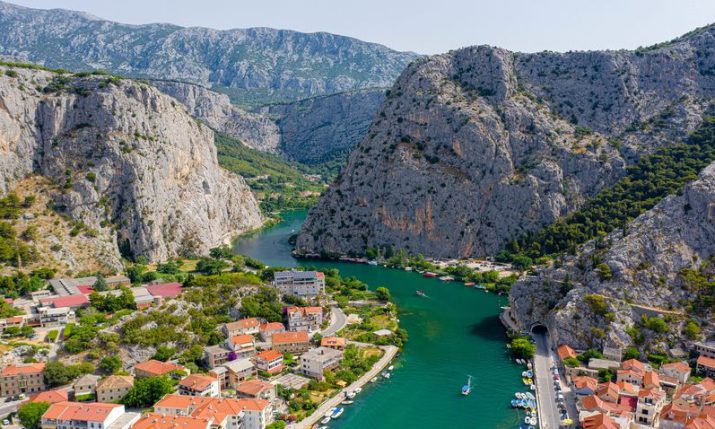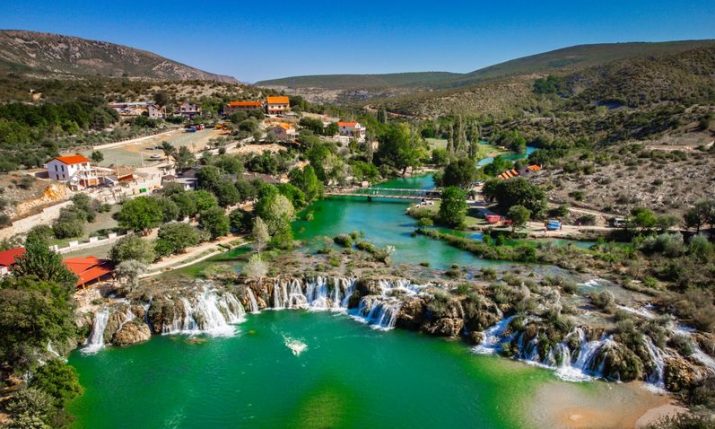Exploring Croatia’s charming stone-paved streets
- by croatiaweek
- in Entertainment
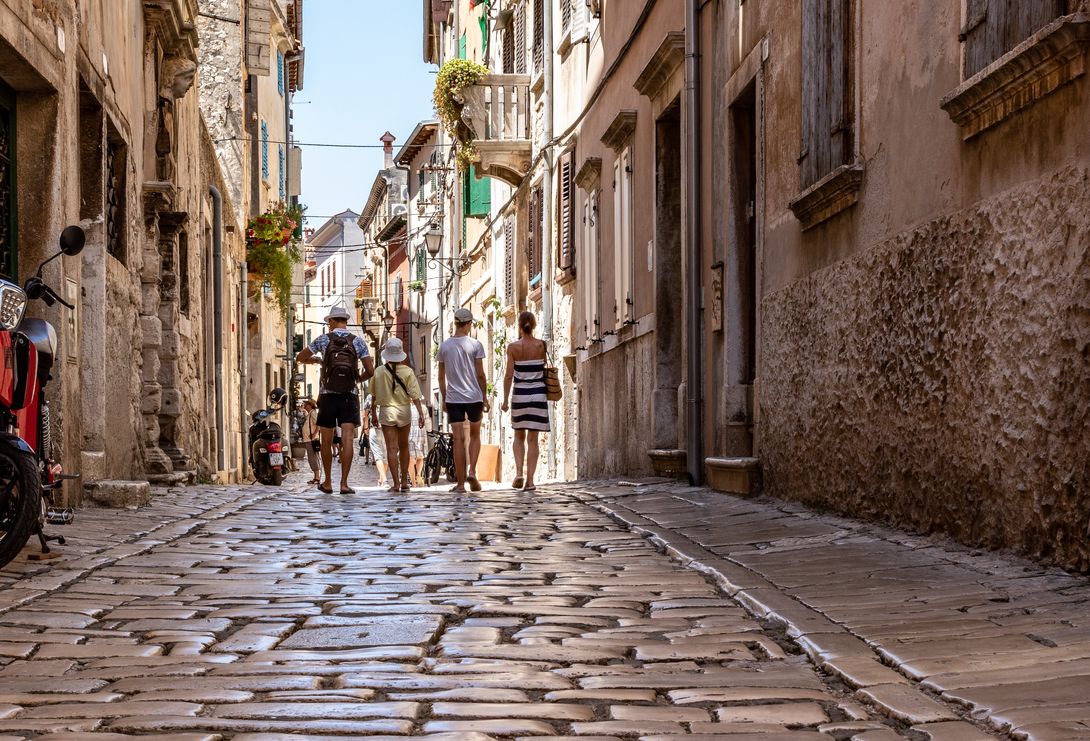
Stone-paved street in Croatia
There are many things about Croatia which leave a lasting impression on tourists. From the stunning coastline and islands, to the food and warmth of the people.
Among other things which leave impressions are the rich history, architecture and its stone-paved and cobbled streets.
These picturesque streets, made of uneven stones or bricks, are an integral part of the country’s urban landscape and have been around for centuries. Walking on these streets can feel like a journey through time, taking visitors back to the medieval era.
Cobblestones were first used by the ancient Romans, who paved their roads with these stones to make them more durable. Over time, the use of cobblestones spread across Europe, and many cities, including those in Croatia, adopted this technique. The small, rough stones were ideal for paving narrow streets and alleys, providing traction for horses and pedestrians, and reducing the risk of slipping and falling.
In Croatia, cobbled and larger stone-paved streets can today be found in many cities and towns, particularly in the historic centers.
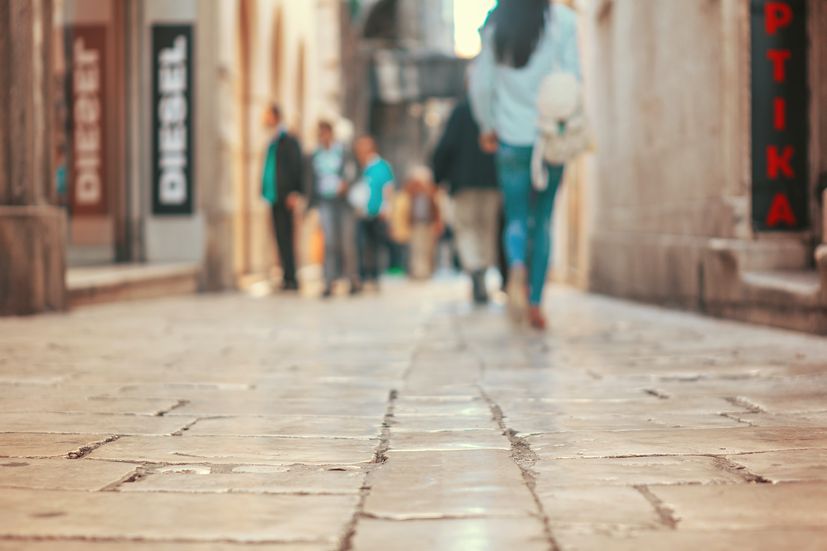
Split
Dubrovnik, for example, is famous for its limestone-paved Stradun, which is lined with Renaissance buildings and leads to the impressive Pile Gate.
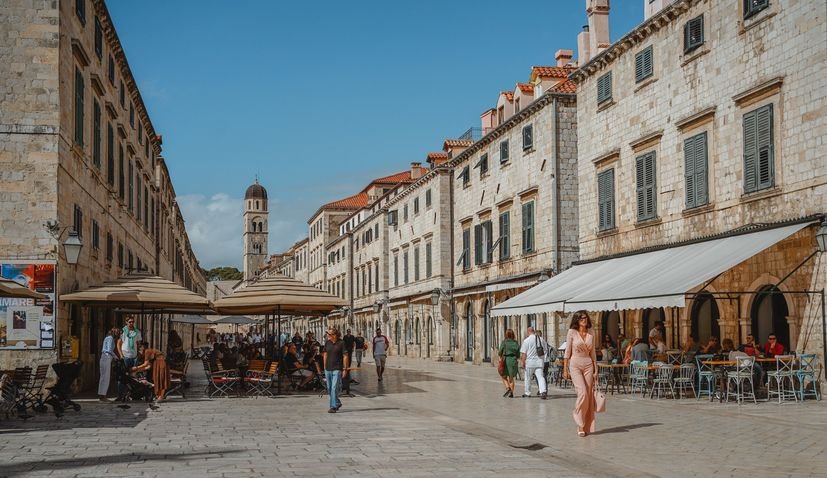
Stradun
The cobbled streets of Split, the second-largest city in Croatia, are equally impressive, with the stunning Diocletian’s Palace and its intricate architecture.
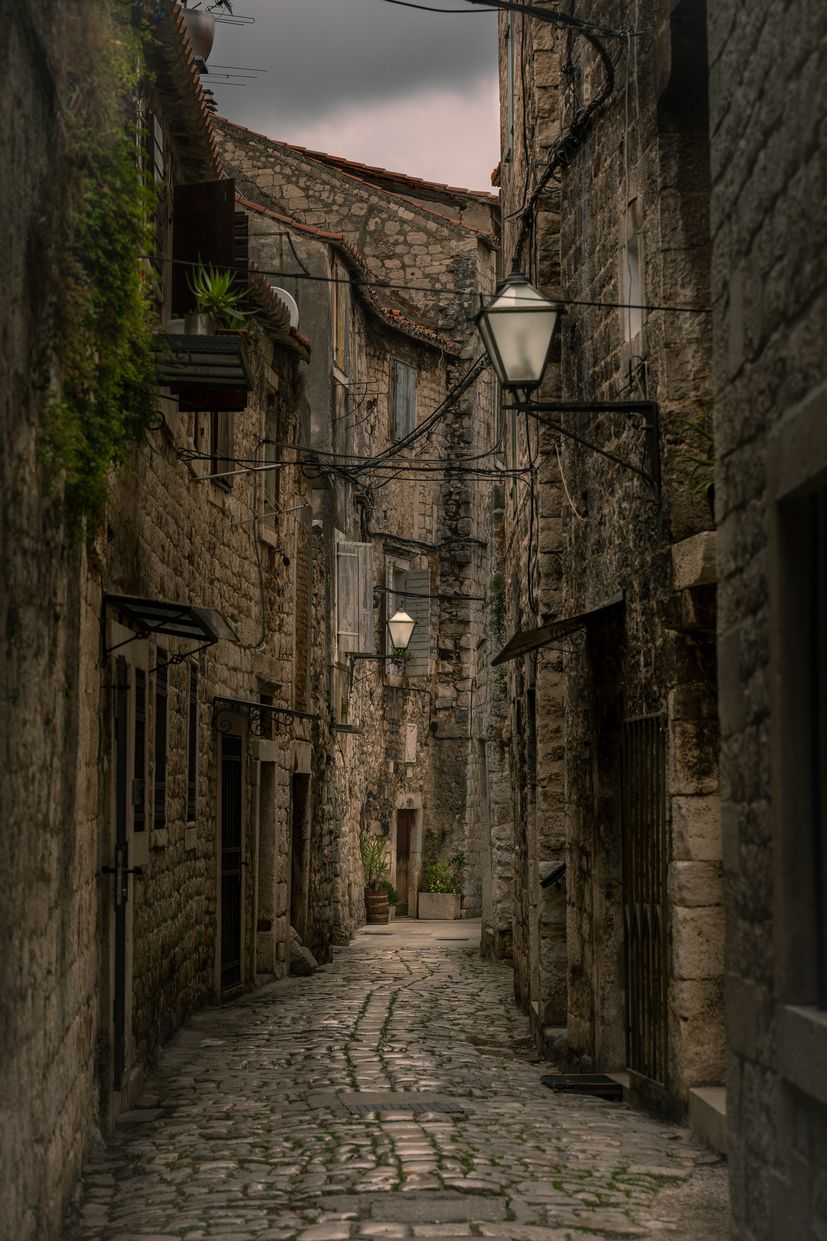
Croatian charm
In Zagreb, the capital of Croatia, the cobbled streets of the Upper Town take visitors back in time with their charming cafes, museums, and galleries.
There are also stunning examples of cobbled and stone-paved streets on the islands of Hvar, Korčula and Brač, as well as in Trogir, Rovinj and Šibenik to name just a few.
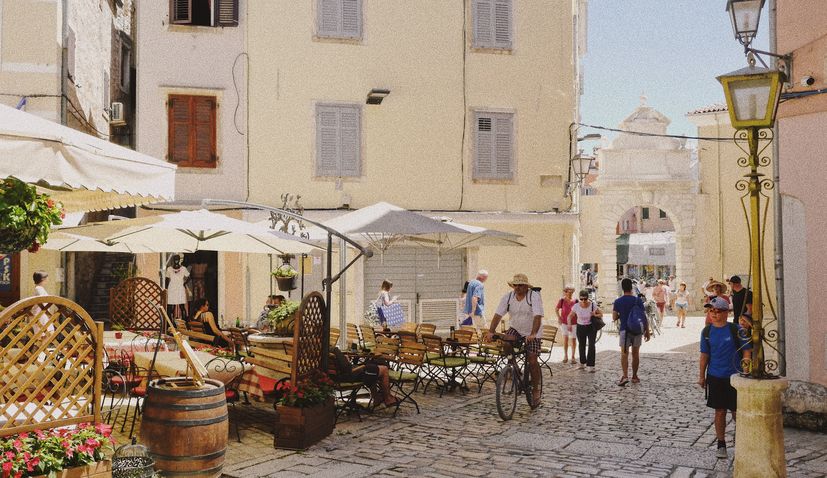
Rovinj
While cobbled streets may look beautiful, they also require regular maintenance, as the stones can become dislodged or damaged over time. This means that the upkeep of these streets can be costly and time-consuming, particularly in busy tourist areas. However, many local authorities recognize the importance of preserving these historic streets, and efforts are made to maintain their unique character and charm.
In 2020, there was a rare sight on Dubrovnik’s cobbled Stradun when grass started to grow between the polished stones. This happened after the streets were empty caused by the lockdown.
“I do not ever remember grass growing on Stradun,” a local explained.
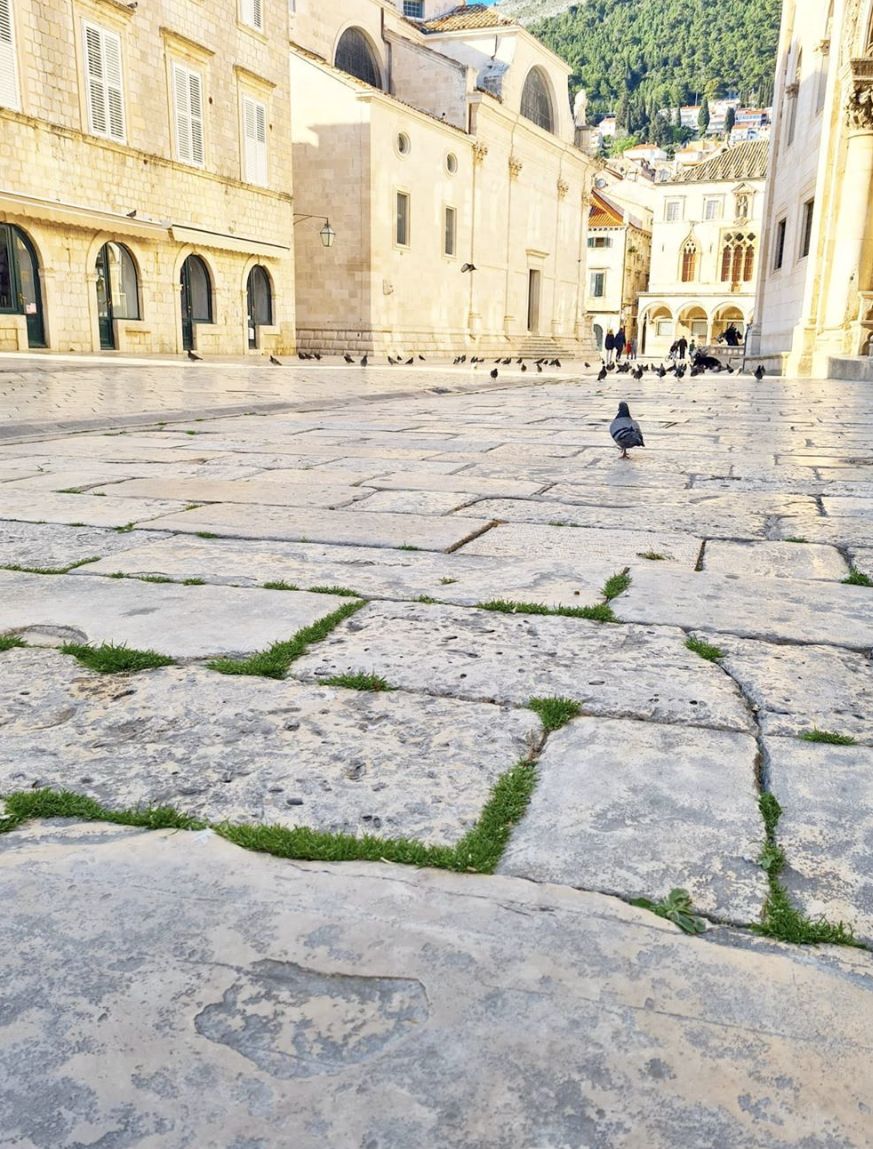
Grass had a chance to grow on the cobbled streets in 2020 (Photo credit: Lajk Restoran)
In addition to their aesthetic appeal, cobbled streets also have practical benefits. Unlike concrete or asphalt, cobblestones are porous, allowing rainwater to drain away quickly and reducing the risk of flooding. They also retain less heat, making them cooler to walk on during the summer months. These streets also help to slow down traffic, making them safer for pedestrians.
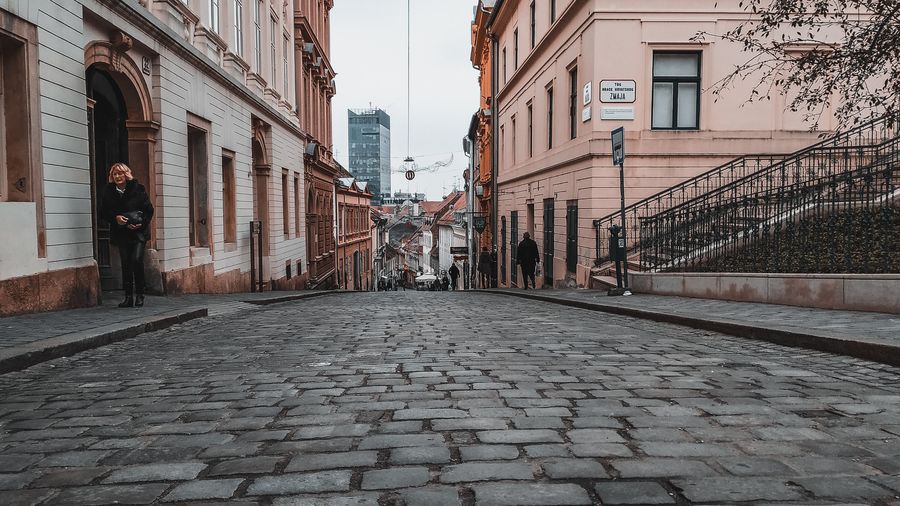
Zagreb
Stone-paved streets are a unique feature of Croatia’s urban landscape, providing a glimpse into the country’s rich history and culture. They are not just beautiful to look at but also have practical benefits, making them an essential part of the country’s infrastructure.
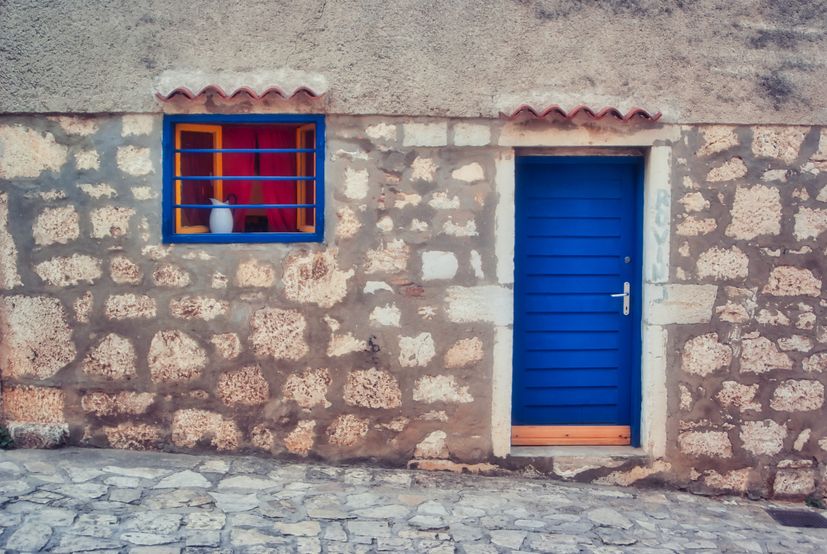
Istria
So, the next time you’re in Croatia, take a stroll on a stone-paved street, and experience the charm and beauty of this ancient paving technique.

